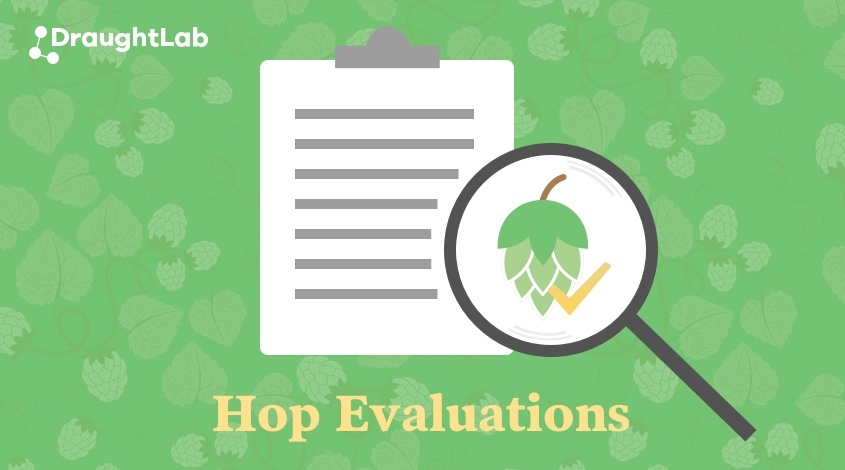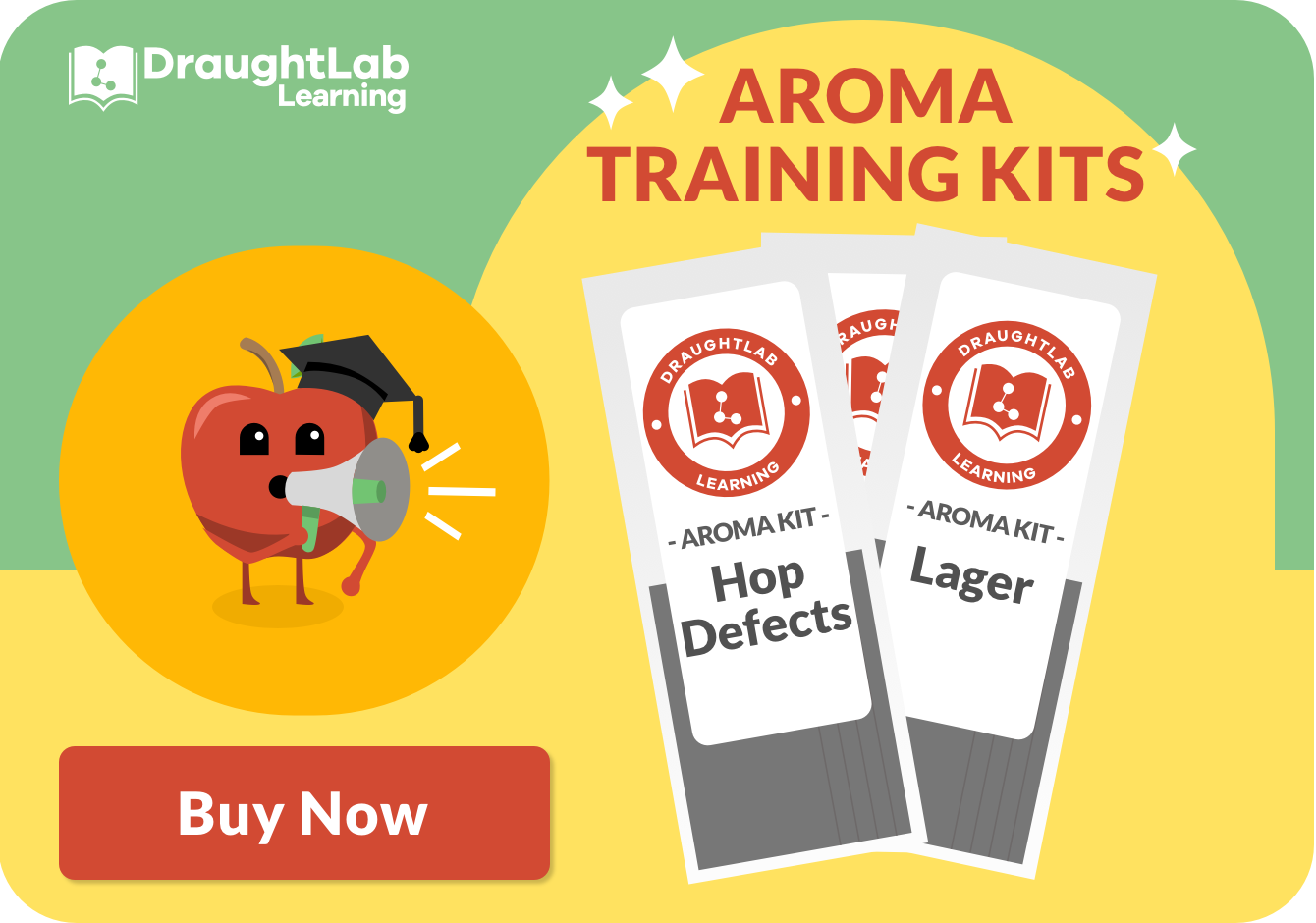
It’s hop harvest time! The season when hops are at their peak and brewers head to the Northwest to handpick the best lots for their beers. Whether or not you make it out to harvest, knowing how to properly evaluate fresh hops is key to achieving the best beer quality.
How to do a Fresh Hop Sensory Evaluation
When selecting hops, you want to 1) find hops with the right aromas for your products and 2) spot any defects that might affect your product’s quality. To do this, perform a full sensory evaluation, which means checking out the hops' visual, aromatic, and tactile qualities. Here’s how to get it right:
Visual Inspection:
First, when presented with a bale cut, which is a sample taken from a bale of hops, carefully inspect both the contents and the individual cones. Cones should be intact, uniform in shape and size, and free from any sun or pest damage. There should be no foreign material in the bale cut and the amount of leaf and stem present should be minimal.
Aroma Evaluation:
Next, evaluate the aroma by rubbing a handful of hops between your hands. This process breaks up the cones and releasees their oils. Once the aromas are released, slowly bring the sample to your nose and take short sniffs. The goal here is to identify aromas typical of the specific hop variety and note any potential defects.
Tactile Evaluation:
While rubbing the hops, pay attention to their texture. Assess the moisture level and how easily the cones break apart when rubbed. Cones should feel dry but resilient, with enough moisture to hold their shape without easily breaking apart.
What to Look for in a Fresh Hop Evaluation
A good hop lot should have fresh and strong aromas that align with the hop's expected profile, whether that's citrusy, piney, floral, or fruity. The aromas should match both the variety and the intended use in your beer.
For example, if you know Cascades are used to make your piney and grapefruity West Coast IPA, you will want to find the lots that have the best and strongest expression of both pine and grapefruit. Tailoring your evaluation to your specific brewing goals will help you stay on track and find the best lots for your brands.
What are Some Fresh Hop Defects?
Understanding hop defects is crucial for selecting high-quality hops. Here are some common defects to watch for:
Visual Defects:
- Discoloration - Any cones that are excessively yellowed, browned, or splotched may indicate disease damage.
- Broken Cones - Cones that are shattered or broken can suggest poor handling or processing during harvesting or packaging.
- Excessive Leaf and Stem – Bale cuts with excess of leaf or stem can suggest poor handling or processing.
- Misshapen Cones - Cones that are misshapen or vary significantly in size may indicate irregular or non-ideal growth conditions.
Aroma Defects:
- Cheesy – Generally a sign of oxygen exposure resulting from cone damage.
- Smoky - Hops exposed to wildfire smoke can take on smoky or phenolic aromas.
- Dull Aroma – Overall muted aromas can suggest improper harvest time, heat damage, or improper handling or storage.
Texture Defects:
- Easily Shattered Cones – Overkilning can result in very dry and brittle. Generally, dry cones can also have dull or stale aromas.
- Excessive Moisture – Though rare, overly wet cones can indicate poor storage conditions that can lead to musty aromas or dangerous bale fires.
How to do Hop Sensory Training
Want to sharpen your skills in detecting hop defects and understanding hop characteristics? Check out our new Hop Defect Aroma Kit. This kit includes 5 common hop aroma defects and an interactive lesson that will teach you where the defects come from and how to best identify them. There’s no need to wait for an instructor, just grab a kit, scan the QR code, and start smelling.
DraughtLab offers practical and approachable Sensory Analysis Solutions that deliver real-world value to food and beverage companies. Visit our website or reach out to us at info@draughtlab.com to learn more!

